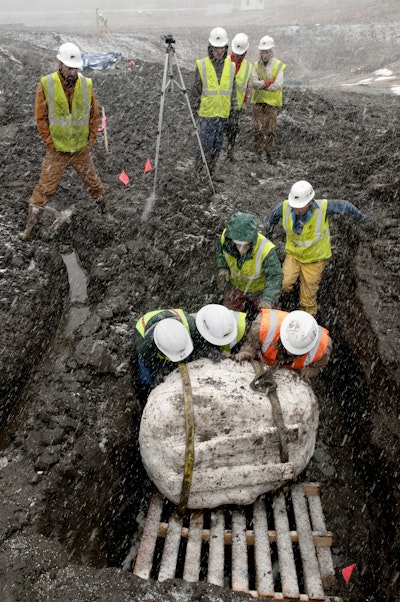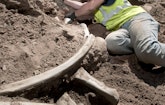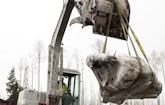

To the Snowmass (Colorado) Water and Sanitation District it’s known as the Ziegler Reservoir Enlargement Project. To scientists at the Denver Museum of Nature and Science it’s known as one of the world’s most significant finds of mastodon fossils.
The district, located...








